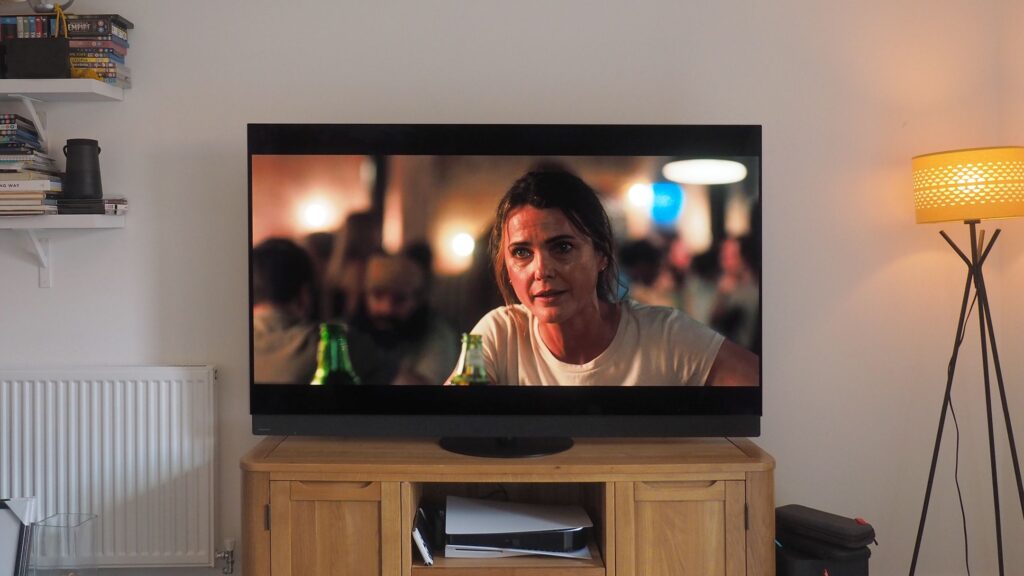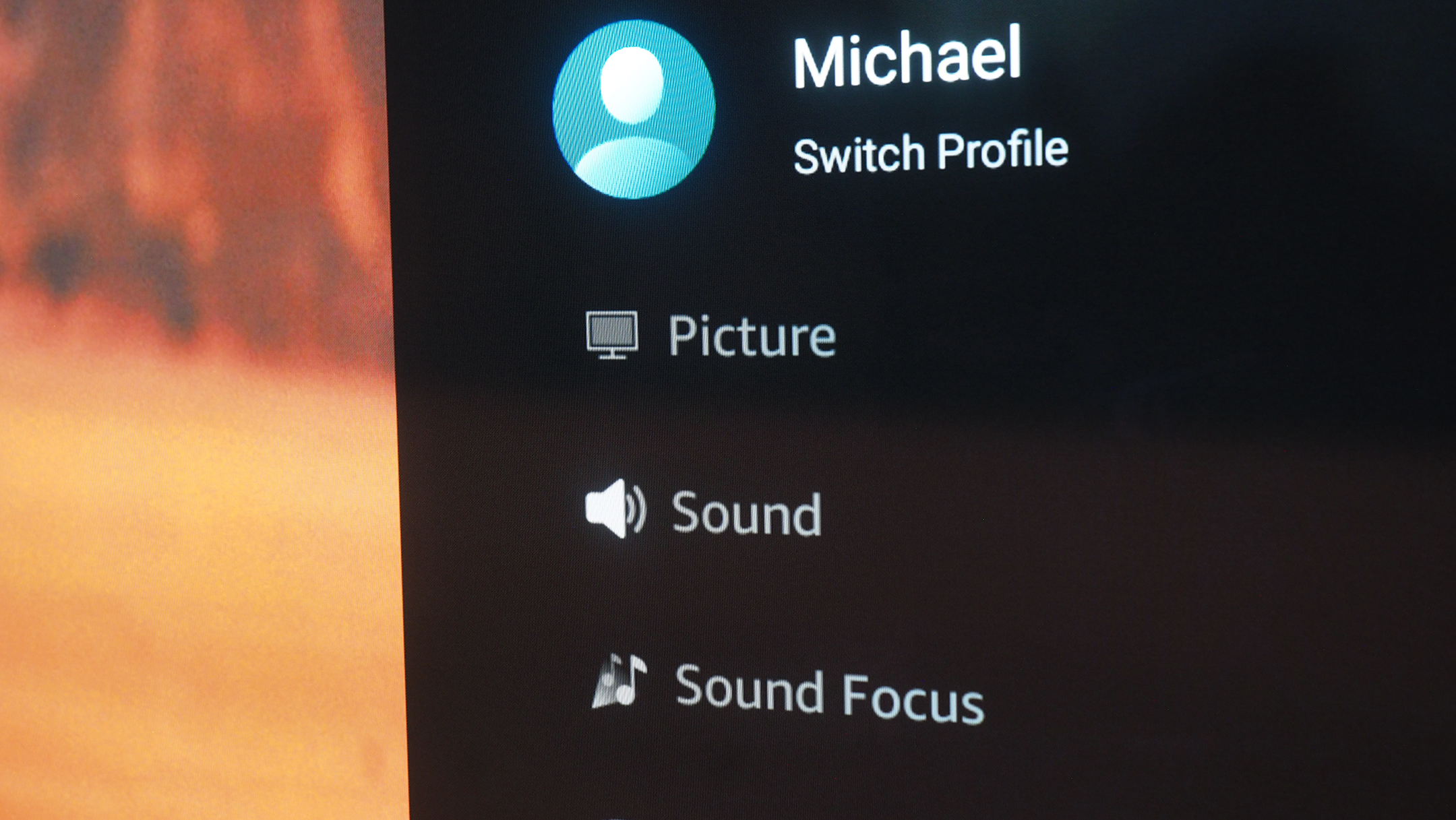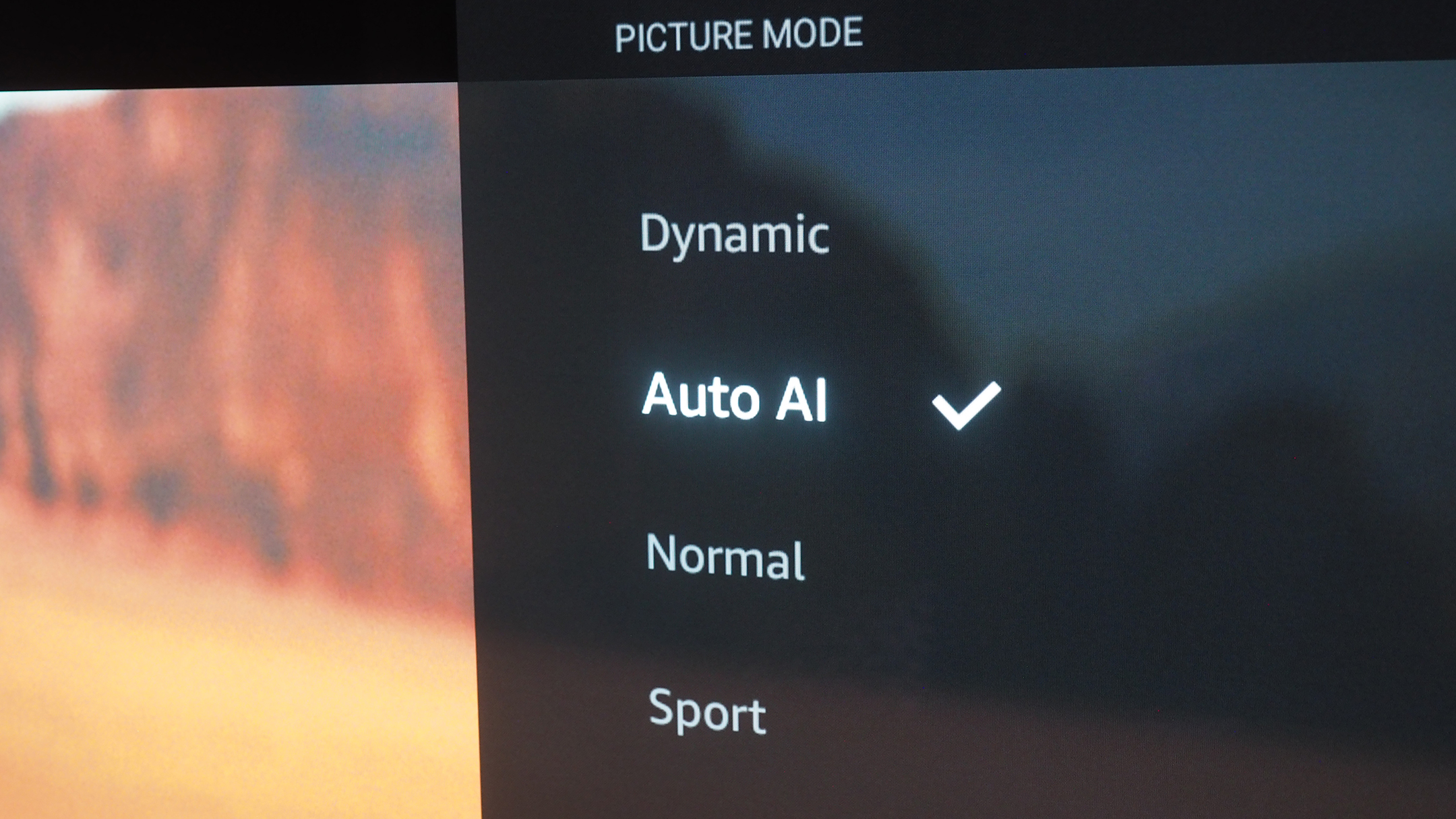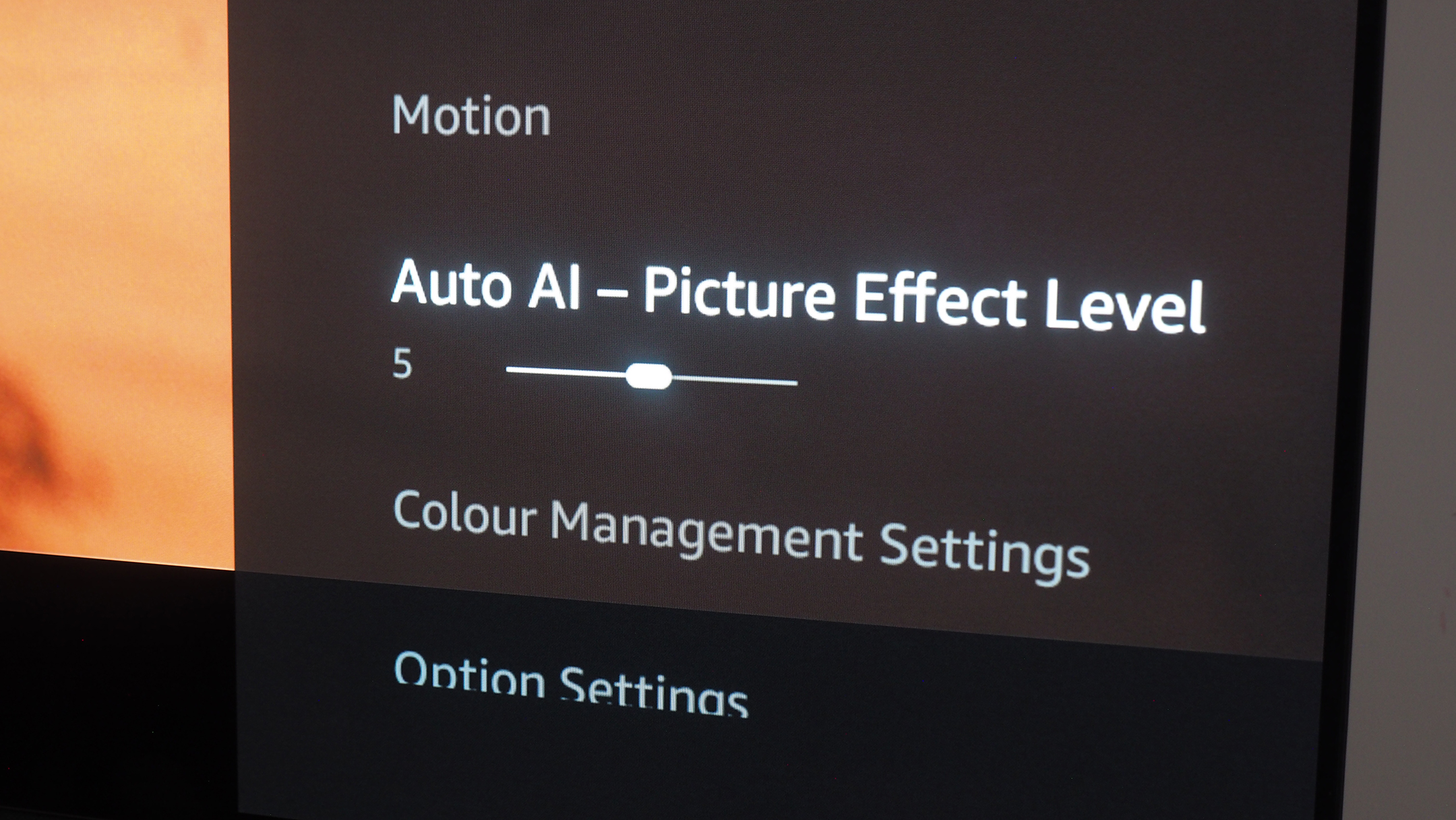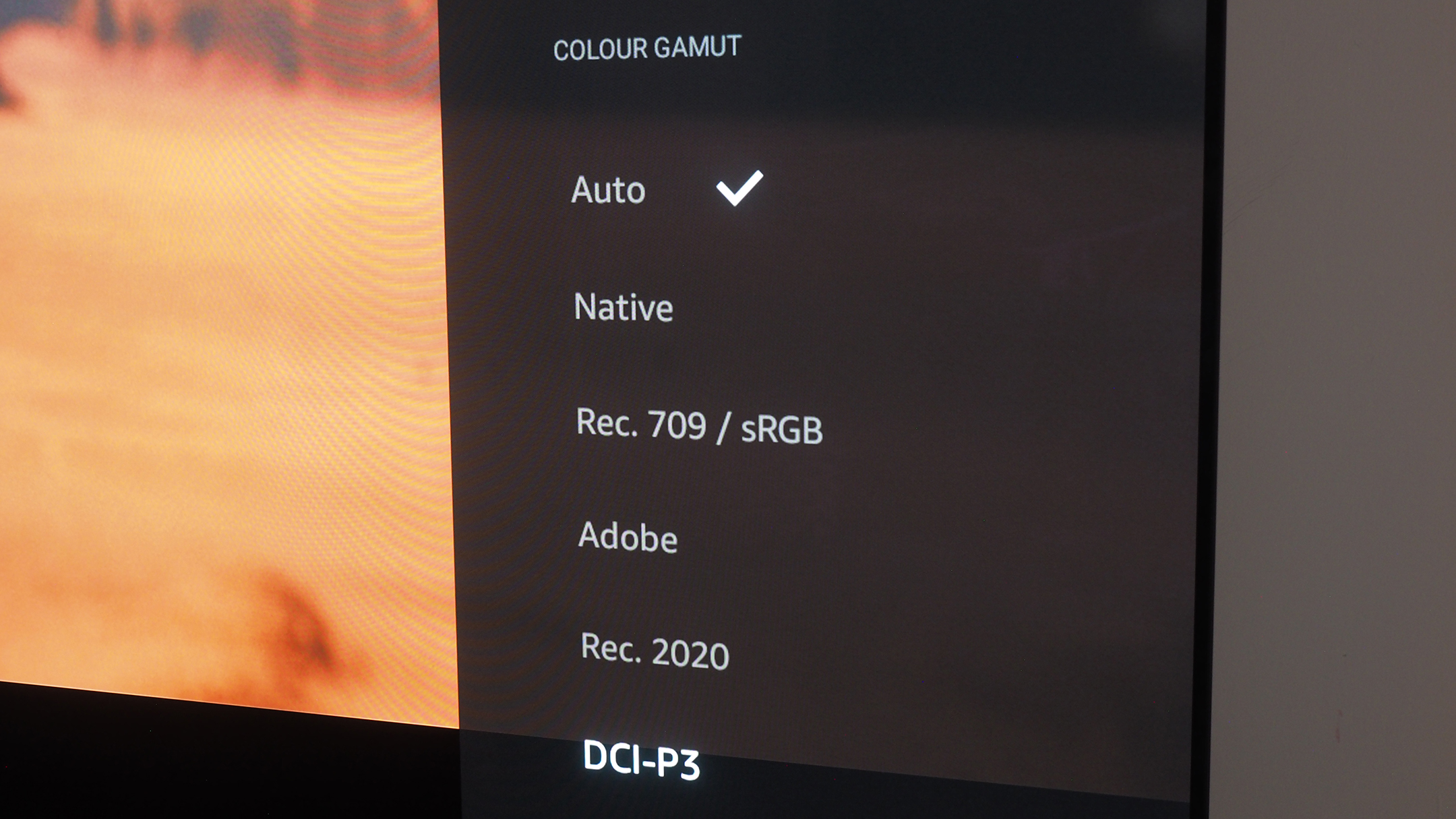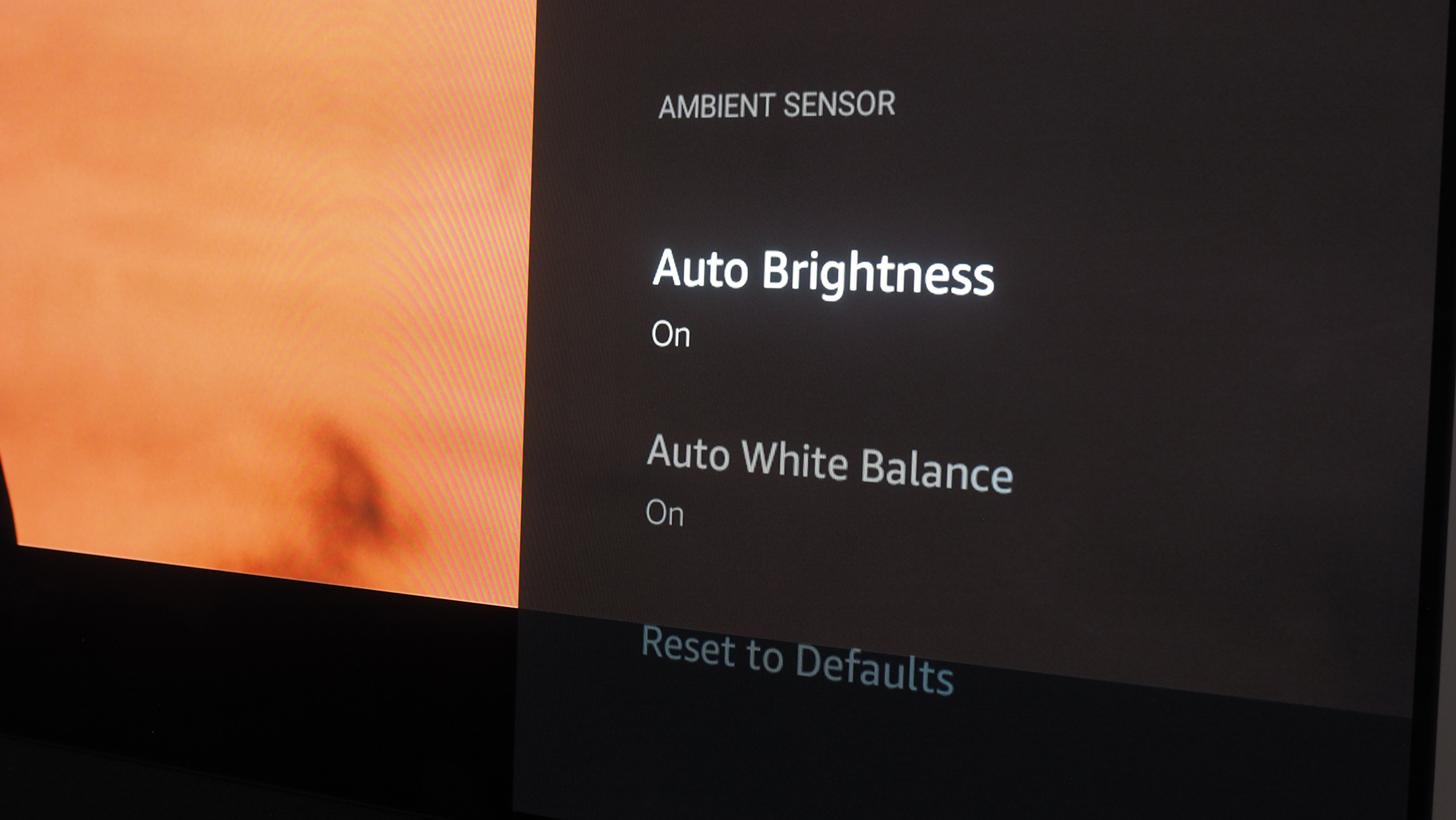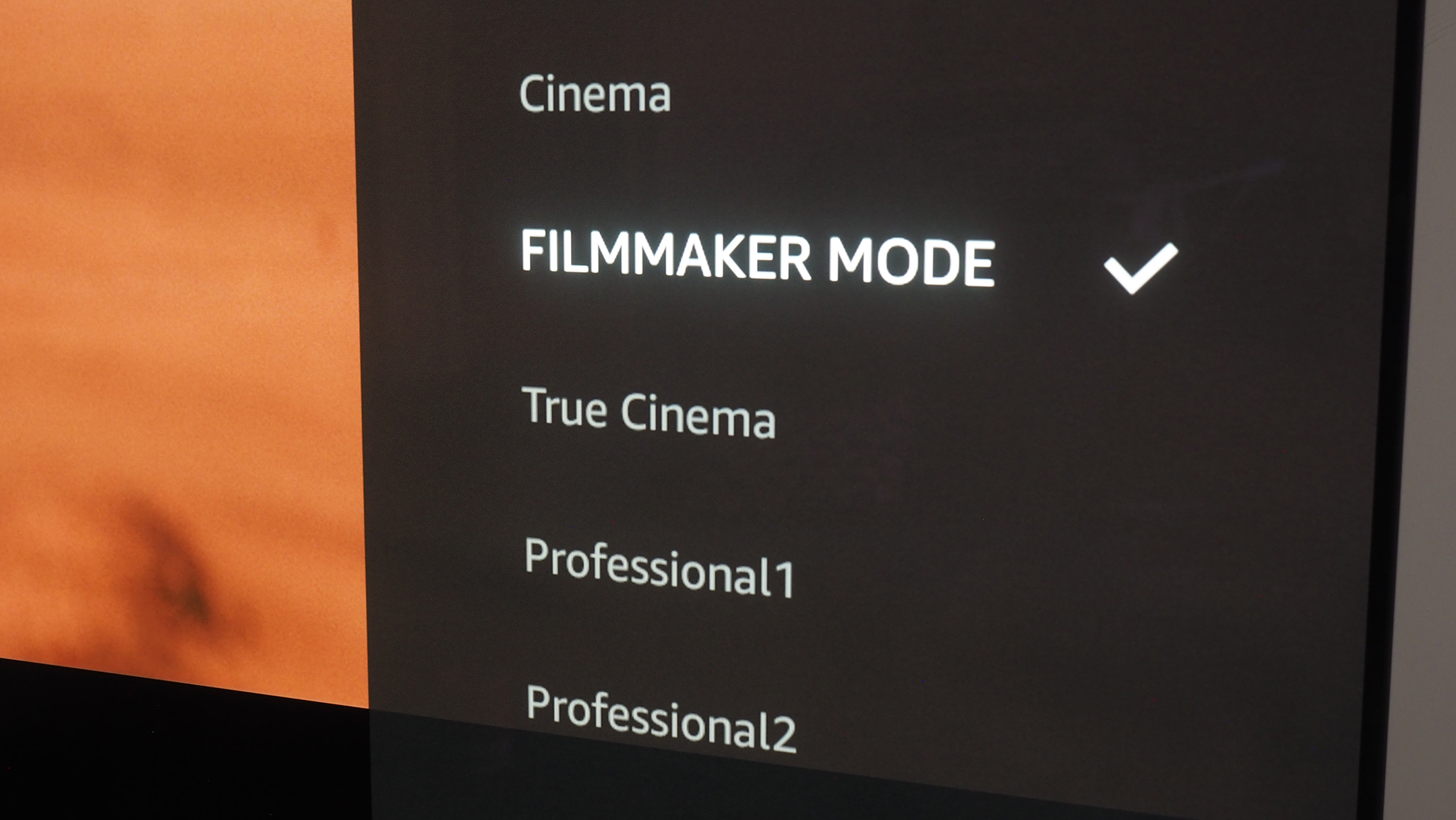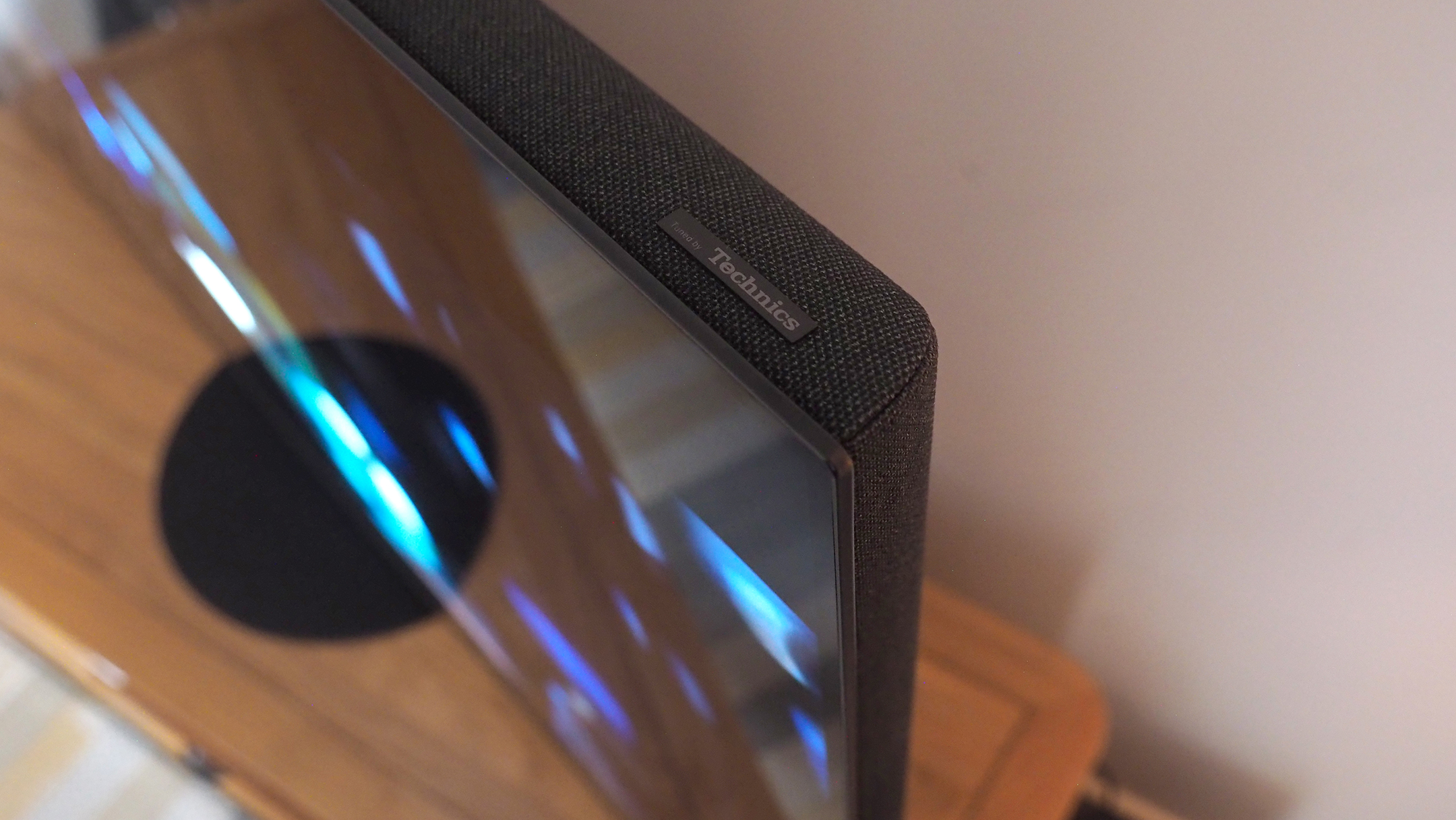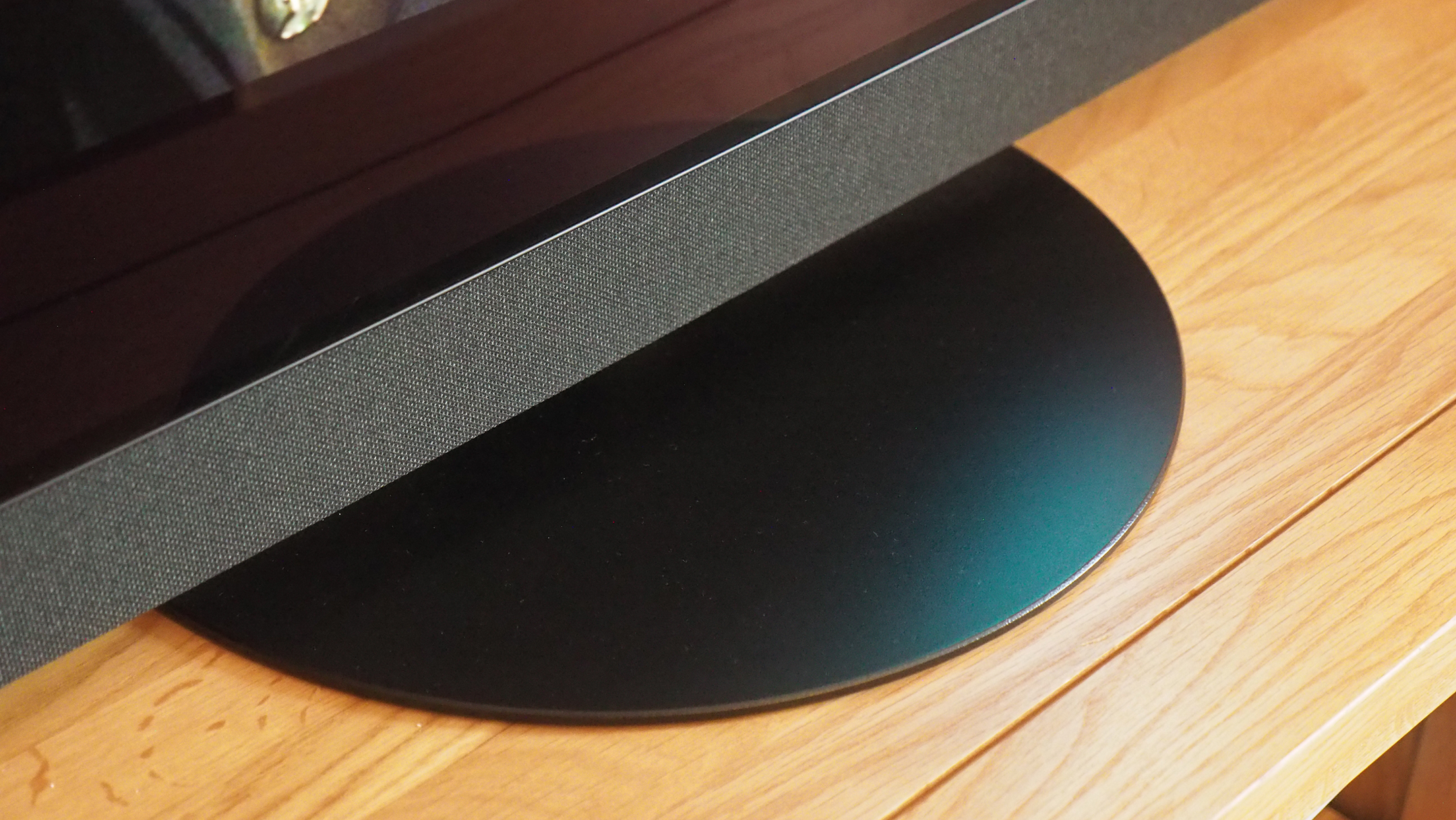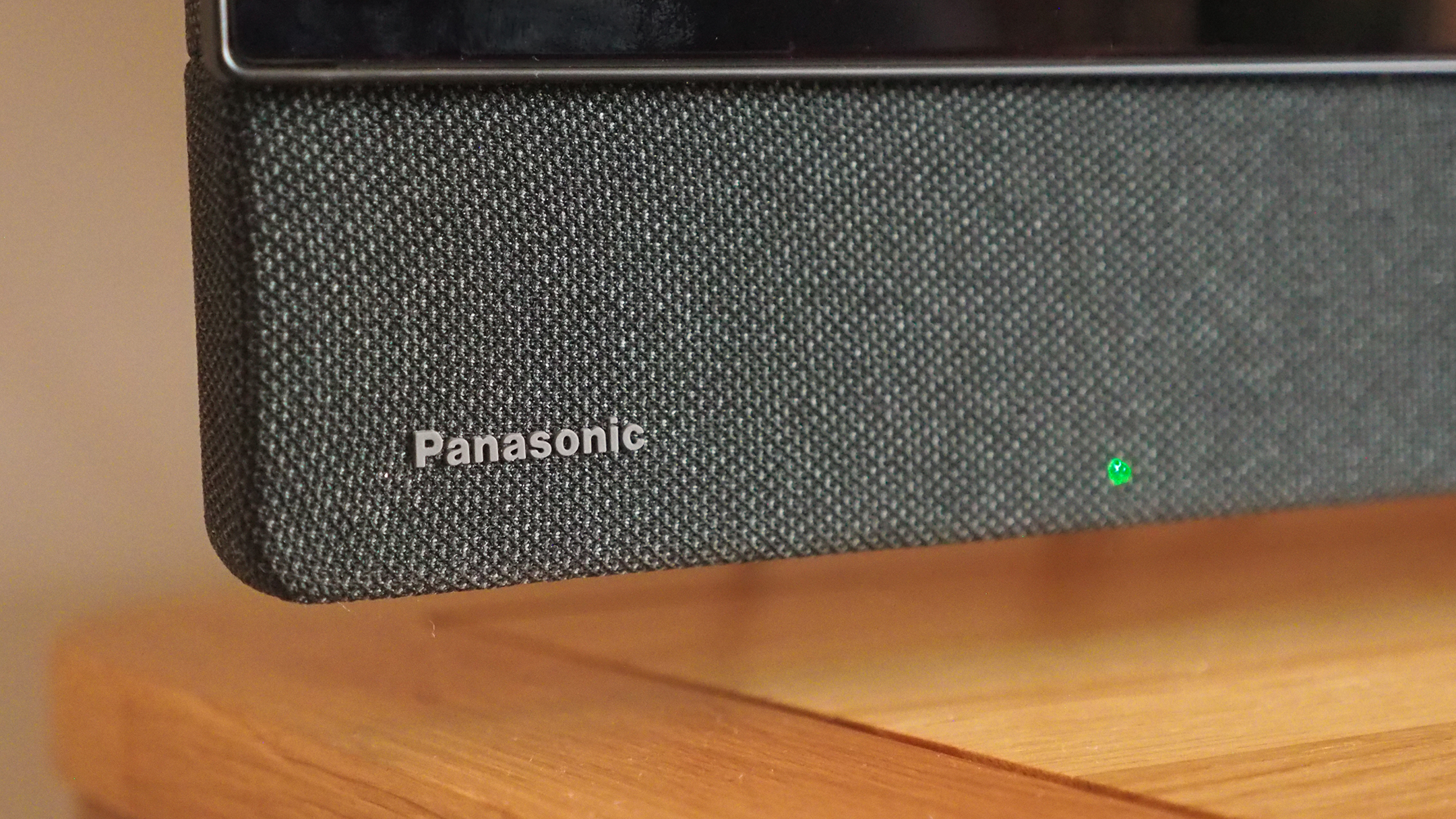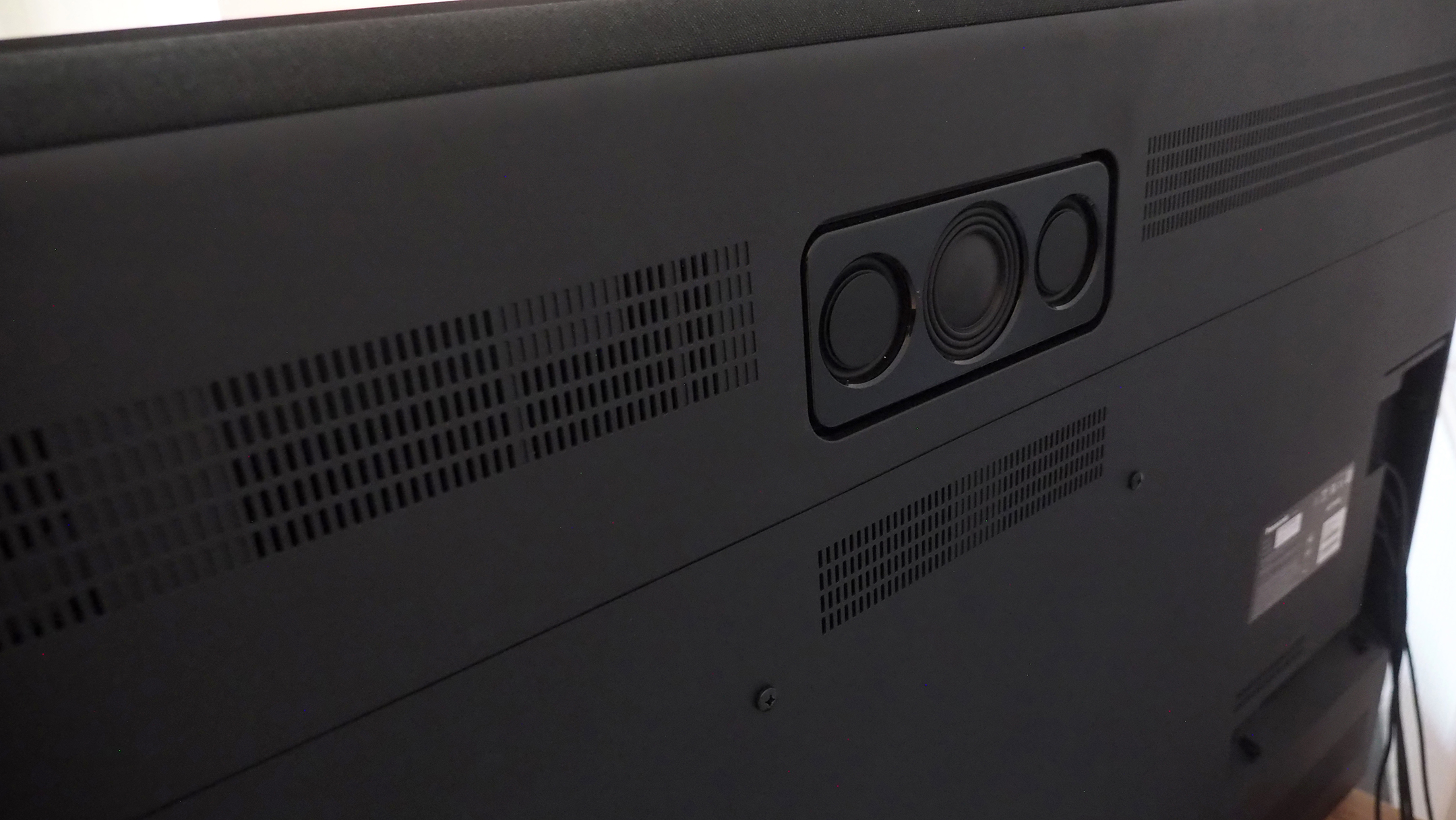It’s a particularly exciting year for Panasonic, as it finally brings its TVs to North America. We’ve been getting them here in the UK for years – and a good job, too, as recent output has easily been among the best OLED TVs that money can buy.
The Panasonic Z95B is a particularly great place to start, though, as I’ve been more excited to review this OLED set than any other this year. Granted, the LG OLED G5 was astounding – and a good comparison, given that it’s the first TV to show off the latest multi-layered OLED technology, which Panasonic also uses in the Z95B.
Except Panasonic has paired this latest-gen OLED tech with a more dramatic cooling system, meaning sustained peak brightness periods ought to be improved. Furthermore, like its Z95A predecessor, this set brings a Technics-tuned all-in-one sound system that can deliver Dolby Atmos convincingly – without needing to buy one of the best soundbars.
All in all, then, is the Panasonic Z95B the ultimate cinema-lovers’ OLED TV choice, wrapping picture perfection and sound into one product? Having lived with this TV for three weeks for this review, I’m hugely impressed – and its competitive pricing ought to see a surge in interest, too.
Price & Availability
You can buy the Panasonic Z95B in 55-, 65-, or 77-inch sizes – and it’s the middle-sized 65-incher that’s on review here. The step-down Z90B model, also reviewed (via this link), offers smaller 42- and 48-inch models, if small is your aim.
The 55-inch Z95B is priced at £1,799 / $2,599 / €2,999. The 65-inch is £2,299 / $3,399 / €3,899. The 77-inch, meanwhile, seems to only have an official US price at present – at $4,699 – but can be found in some UK stores for £3,799.
While those aren’t small sums, if you look at Panasonic’s nearest competition – the LG OLED G5, Samsung S95F and Sony Bravia 8 II – then their lack of an impressive built-in sound system, arguably makes them look rather expensive by comparison.
What’s New?
(Image credit: Future / Mike Lowe)
The times have moved rather rapidly among the best TVs, as last year’s Panasonic Z95A delivered a brilliant picture using what’s known as Micro Lens Array technology.
That was thought to be the future of OLED – yet, one year on, here we are with altogether new-and-improved technology: Primary RGB Tandem.
This new four-stack, multi-layered OLED has (as the name suggests) more layers, meaning enhanced brightness output, lower overall power consumption because not all layers need to drive as hard all of the time, and potentially more accurate colours.
While the Z95B is fairly thick compared to some wall-mount super-slim panels, that’s down to the inclusion of its integrated sound system. Which, this time around, has been rejigged – in part to make room for the new cooling system.
Dubbed ‘ThermalFlow’, the Z95B’s new system helps air to circulate throughout the rear; a central column encourages hot air to rise up and out of vents on the rear, with a circulated flow reaching vents to the lower section of the panel to also exit there.
This assists with avoiding the panel running too hot, but also means extended peak brightness potential compared to its key competitors.
Otherwise, the Z95B is relatively similar to the Z95A: front-on the two TVs look the same; it’s that new Primary RGB Tandem panel, ThermalFlow cooling system, and necessary rejigging of design elements around the back that make up the key points of difference.
Smart System
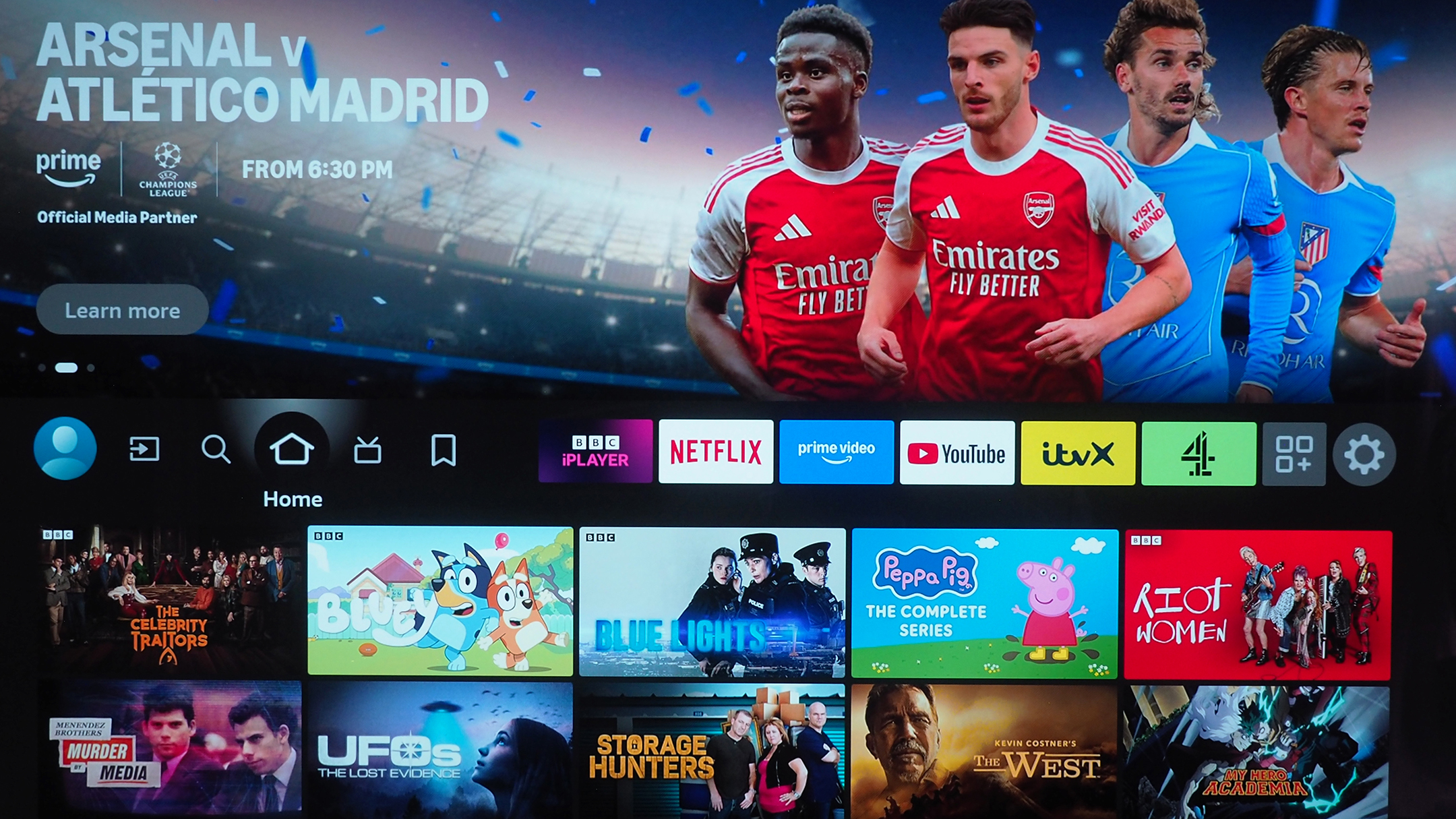
(Image credit: Future / Mike Lowe)
It might seem a little boring to commence a review about a TV with its smart operating system (OS), but bear with me here – because Panasonic has this more correct than perhaps any other current maker, in my view.
Why? Because the Amazon Fire TV operating system is neatly laid out, makes accessing your content – from a whole range of sources and apps – nice and easy, and in the UK there’s the addition of Freely for catching live TV without the need for an aerial (it’s all via Wi-Fi).
Pleasingly, compared to when I first saw Panasonic’s Fire OS implementation at Amazon Studios in the US, the adverts seem to have decreased too. There’s now a large top carousel of often relevant information.
As I type this review (in front of the TV, naturally), the Z95B is reminding me of a Champion’s League match tonight; there’s a prompt to use Alexa voice for ease of use; while Amazon Prime Video is reminding me I’ve still not watched Gen V season 2 yet.
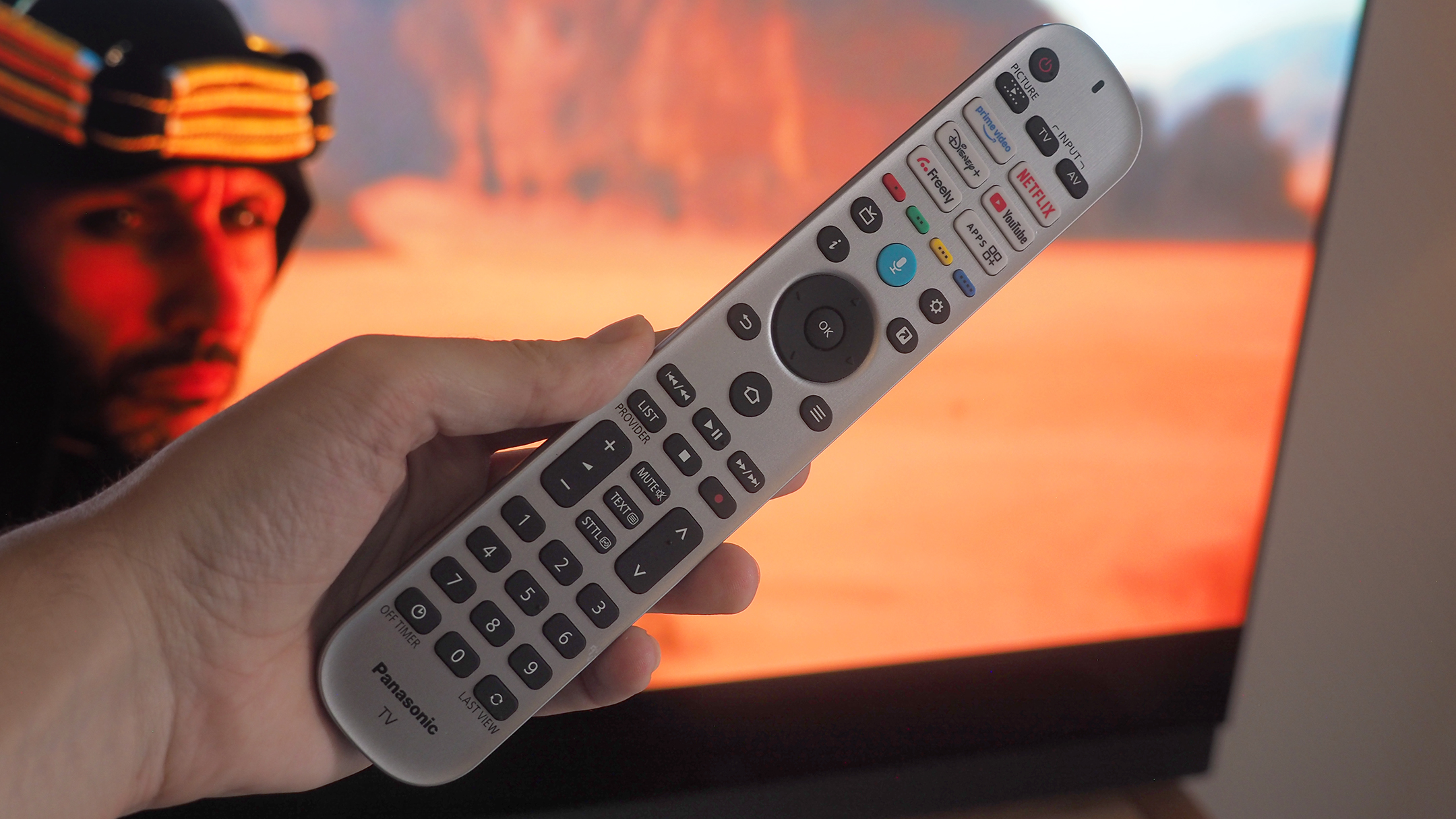
(Image credit: Future / Mike Lowe)
It’s not all software and voice, though, with an included sizeable remote control part of the package. It’s a thoroughly laid out offering, with lots of shortcuts and buttons – but I love this approach, as it’s easy to find what you need and there’s no noodling about to do would-be simple tasks.
Compared to, say, Samsung S95F, where you have to press-and-hold a settings button to raise the sources panel to then flick between your set-top box and games console, on the Panasonic it’s an easy classic ‘AV’ button to cycle through them all.
There’s also quick access to a full raft of settings, with a heap of picture presets available. Thankfully, while ‘Auto AI’ absolutely is an option here, Panasonic isn’t too forceful in its use – it’s just to be treated as another picture preset, really.
Picture Quality
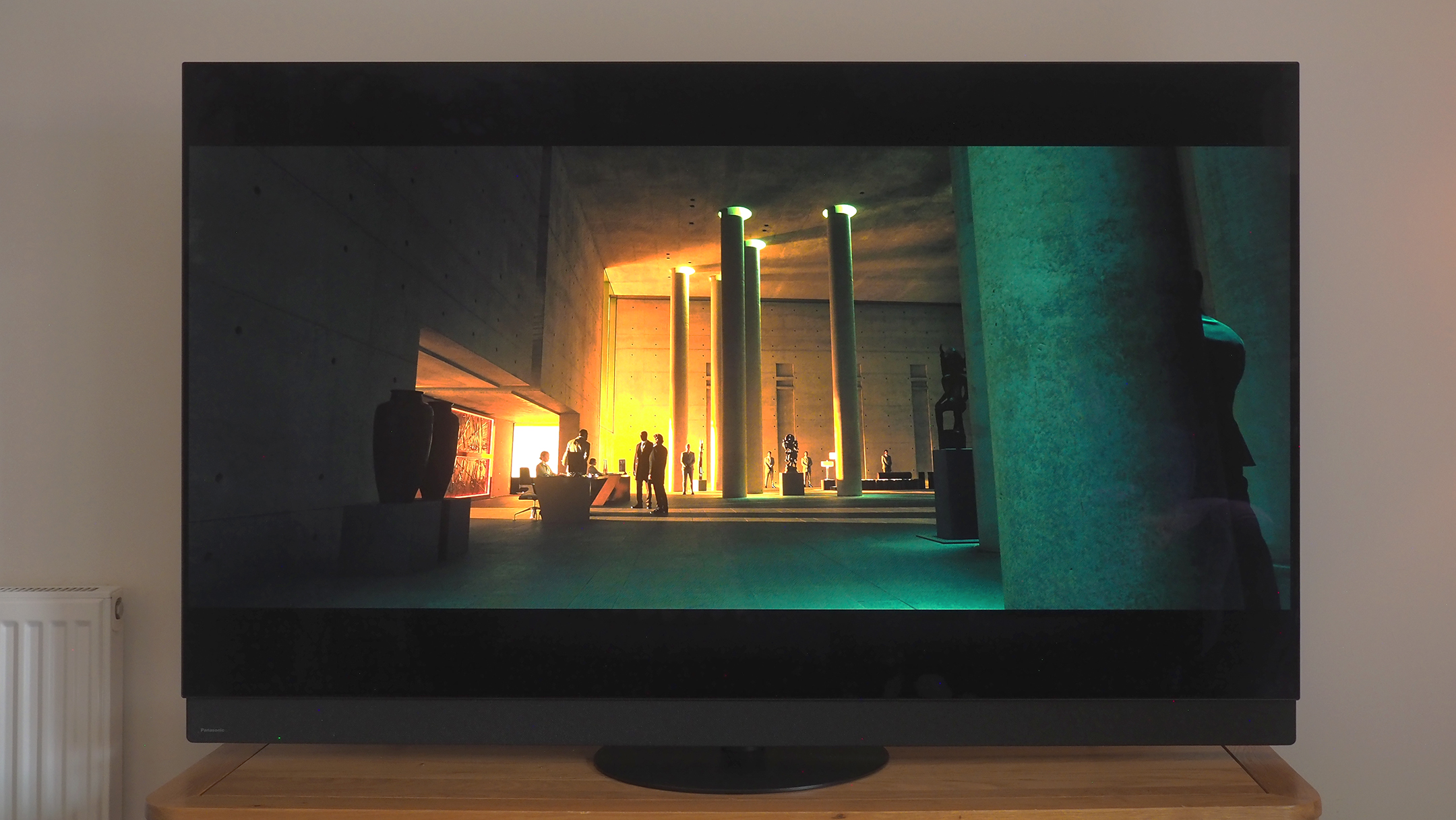
(Image credit: Future / Mike Lowe)
But now to the real meat on the bone and reason you’ll most want to own a Z95B: its picture quality is superior to the majority of what’s on the market.
I don’t say that lightly, either. And I don’t even think it’s solely because this is a new panel type – it’s because Panasonic’s deft handling of picture sources is so cinematic, so graceful, so nuanced, that everything just looks, well, almost perfect.
I do think that by default this multi-layered OLED technology has a lean towards the cooler, bluer hues of a colour palette, which could well be a byproduct of its new structure. None the matter, though, as various cool/warm preferences and tint adjustments mean you can get everything fine-tuned to perfection.
Not that much picture tweaking is needed by default – I think many will be very happy with the out-of-the-box look; and the AI mode is effective for the majority viewing, too.
As with other Panasonic sets, a full suite of high dynamic range (HDR) compatibility is present, meaning whether your source is Dolby Vision (including IQ), HDR10, or even Samsung’s prioritised HDR10+ version, the Z95B can handle it all.
That’s great from a viewer point of view, as automated recognition of content type or input source will ping the TV into delivering its best possible results without you needing to do anything. You can have Filmmaker Mode automatically take over, for example, for those really deep, dark, cinema-like moments.
There’s also an ambient light sensor on board, which is crucial for Dolby Vision IQ to take effect, adjusting the on-screen image relative to your ambient surroundings. It means you won’t be squinting to see what’s happening if there’s a lot of light coming into the living room, for example.
This ambient light sensor can also cater for white balance adjustment, but I prefer to keep this switch off. I can sense subtle shifts between scenes – not as pronounced as on Philips’ range of OLED TVs, but still a minor irk.
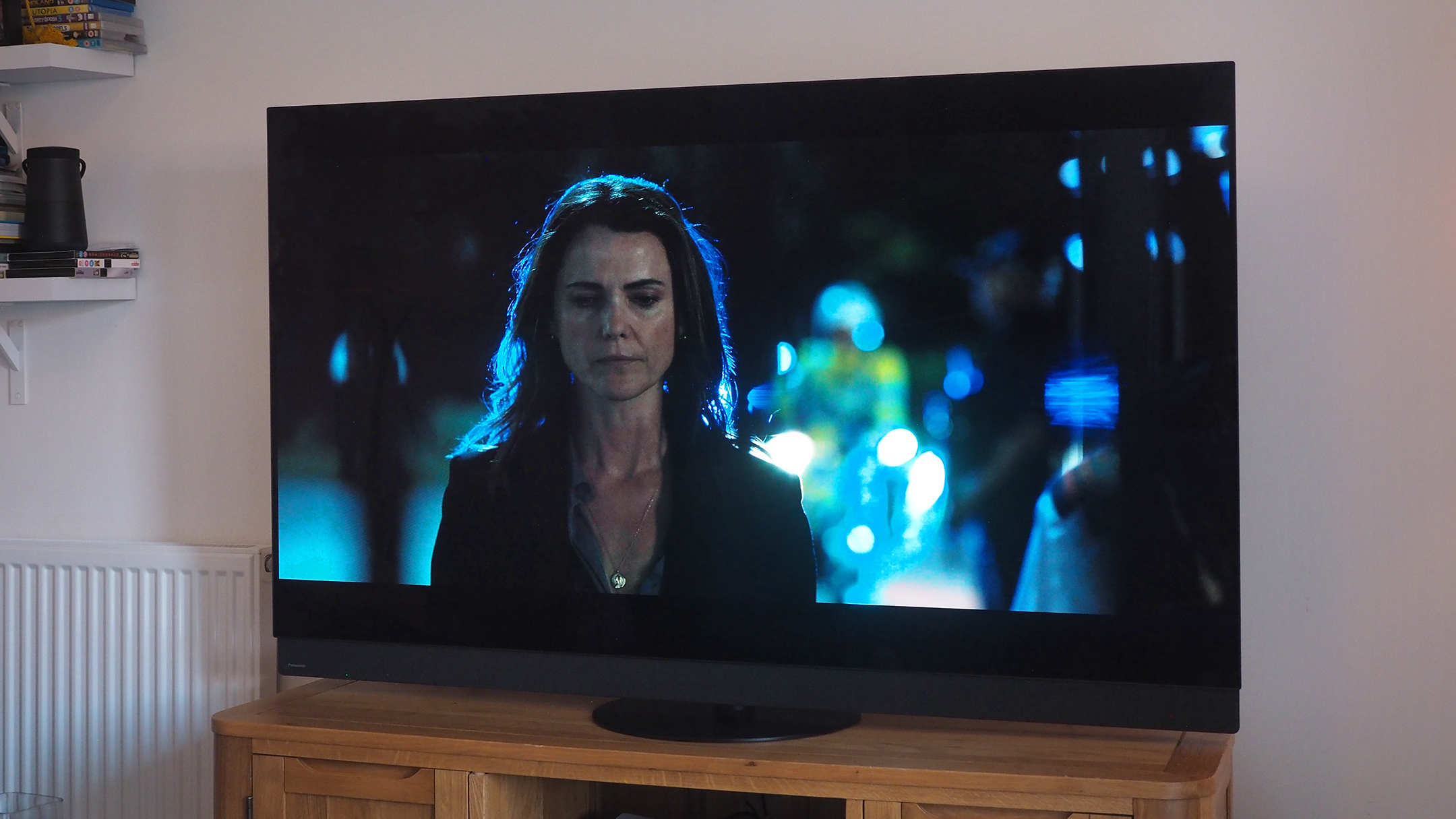
(Image credit: Future / Mike Lowe)
The Primary RGB Tandem is mighty impressive in its performance, bringing QD-OLED rivalling brightness to take on the Samsung S95F and Sony Bravia 8 II, but with that classic inky black of traditional OLED.
Panasonic has opted to use a subtle anti-reflective coating on the Z95B’s panel, unlike Samsung’s much stronger offering on the S95F. If you’re in a typically very bright room then that’ll likely make the Samsung preferable, but for varied conditions I think this helps the Panasonic’s black levels just seem even more black – which is what purists will want – if you can avoid strong light sources, which still cause reflections to some degree.
What’s particularly lush about those blacks is the variance available; the Z95B is a dab hand at outputting the subtlest of shades, so those deep gradations look delightful. That’s to no impact on the highlight peaks – although overdo some of the dynamic settings and these can overstep the mark (when watching The Diplomat, in a nighttime scene with a police motorcycle’s flashing lights cutting through, for example).
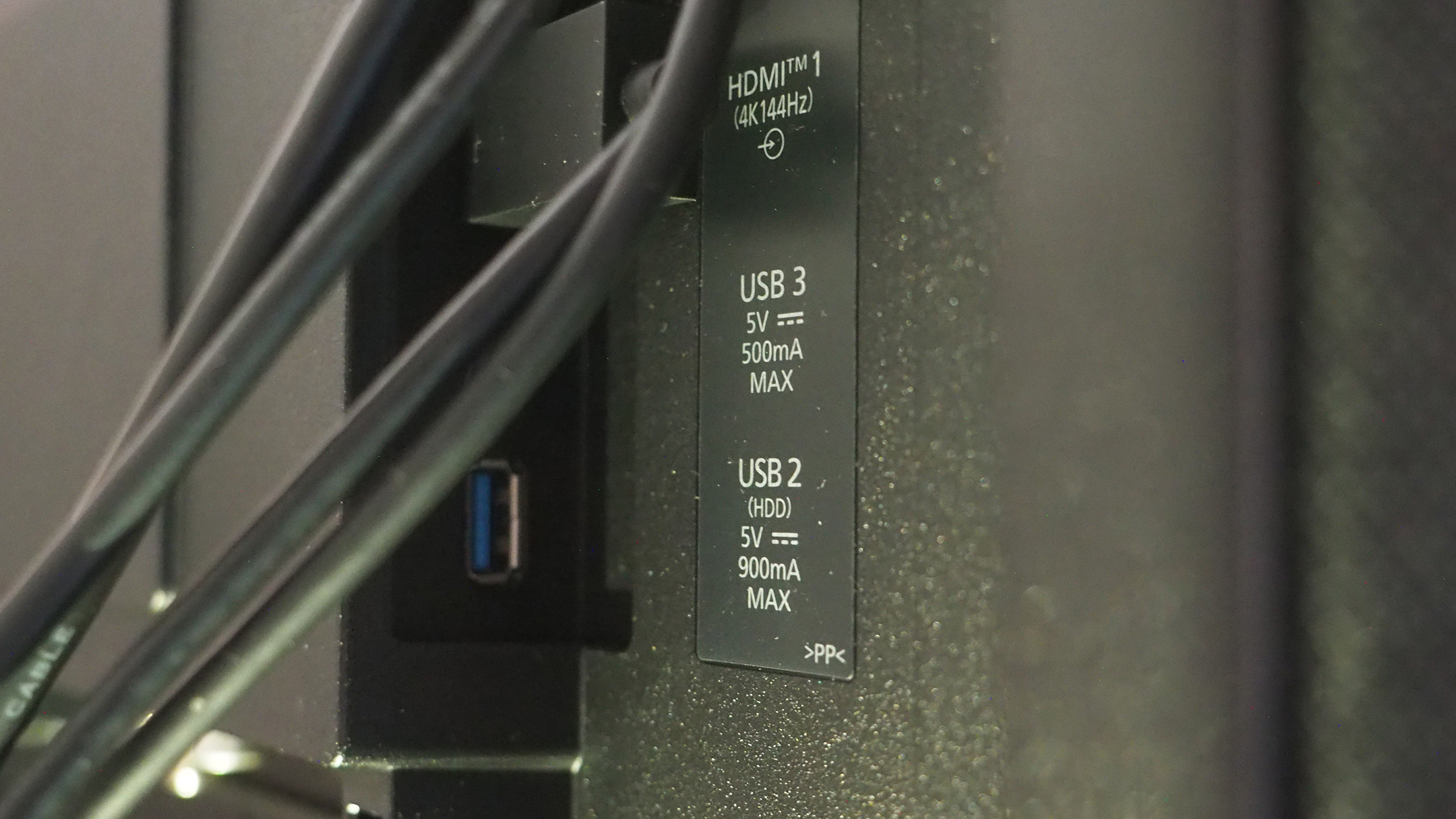
(Image credit: Future / Mike Lowe)
Gaming is largely well catered for, too, with a low-latency mode and two of the four HDMI ports catering for the 2.1 standard (click for an explainer). Here that means 144Hz refresh rate support, including ALLM and VRR support.
I’ve been playing a lot of Super Mario Galaxy 2 recently on the Switch 2, which, in its 4K remaster, looks superb on the Z95B. No, it can’t run at 120Hz, only 60Hz, but with the colour and brightness pop of Game mode it really shines.
Nonetheless, the lack of four HDMI 2.1 ports is a downside. We said the same of Panasonic’s step-down Z90B model, too. It’s down to the board type being used here, ultimately, but as the second HDMI port is where the eARC connection exists, those with multiple 120Hz-ready games consoles have one thing to be disappointed about.
Sound Quality
A few years ago, Panasonic’s then ‘MZ’ OLED TV models took the approach of the top-tier model featuring an integrated Dolby Atmos sound system, while the step-down model did not – but the panels remained one and the same.
That idea has since gone, with the Z95B’s integrated Technics-tuned system not the only difference versus the brand’s Z90B model – as explained above, the panel is completely different (indeed, the Z90B has two different panel offerings, depending on the size of the model purchased).
That might make the Z95B’s sound proposition somewhat controversial, especially if you’d rather forego the thickness of the set’s build and deploy your own soundbar purchase instead. You can still add a soundbar, of course, but it’s not going to play in tandem with the set’s then redundant ‘360° Soundscape Pro’ system.
Personally, however, I really enjoy this setup. Most modern TVs have woeful sound, given how slender they are – and where there’s no space, it’s difficult to create low-frequency sound.
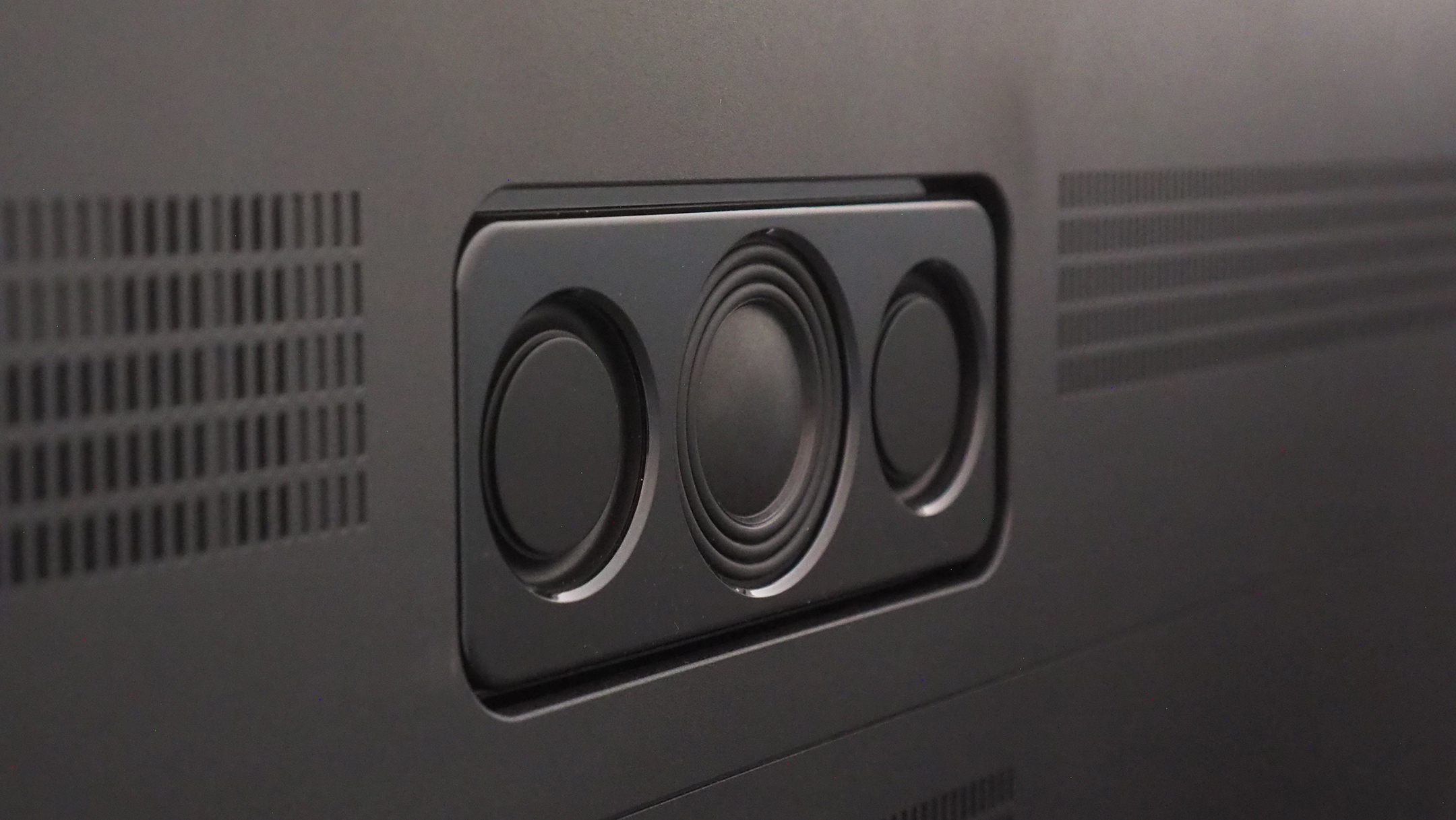
(Image credit: Future / Mike Lowe)
The Z95B, meanwhile, delivers a 5.1.2 channel setup. That means five to the front (centre, left, right, surround left/right), a central woofer for bass, and two upfiring speakers – which are physically positioned to the top of the panel.
During setup, where the Z95B reads the room (literally) firing out sonic pulses of high- and low-frequency, much like a bat would in the wild, you’ll hear how positionally varied these are – and how well that works with real streaming content or UHD Blu-ray discs in outputting a tall, wide and immersive soundscape.
Savvily, you could use the TV’s headphone out as a subwoofer addition, giving an extra drive to the lowest of bass frequencies. That’d be more cost-effective than buying a full additional system, further adding to the Z95B’s overall appeal.
Panasonic Z95B review: Verdict
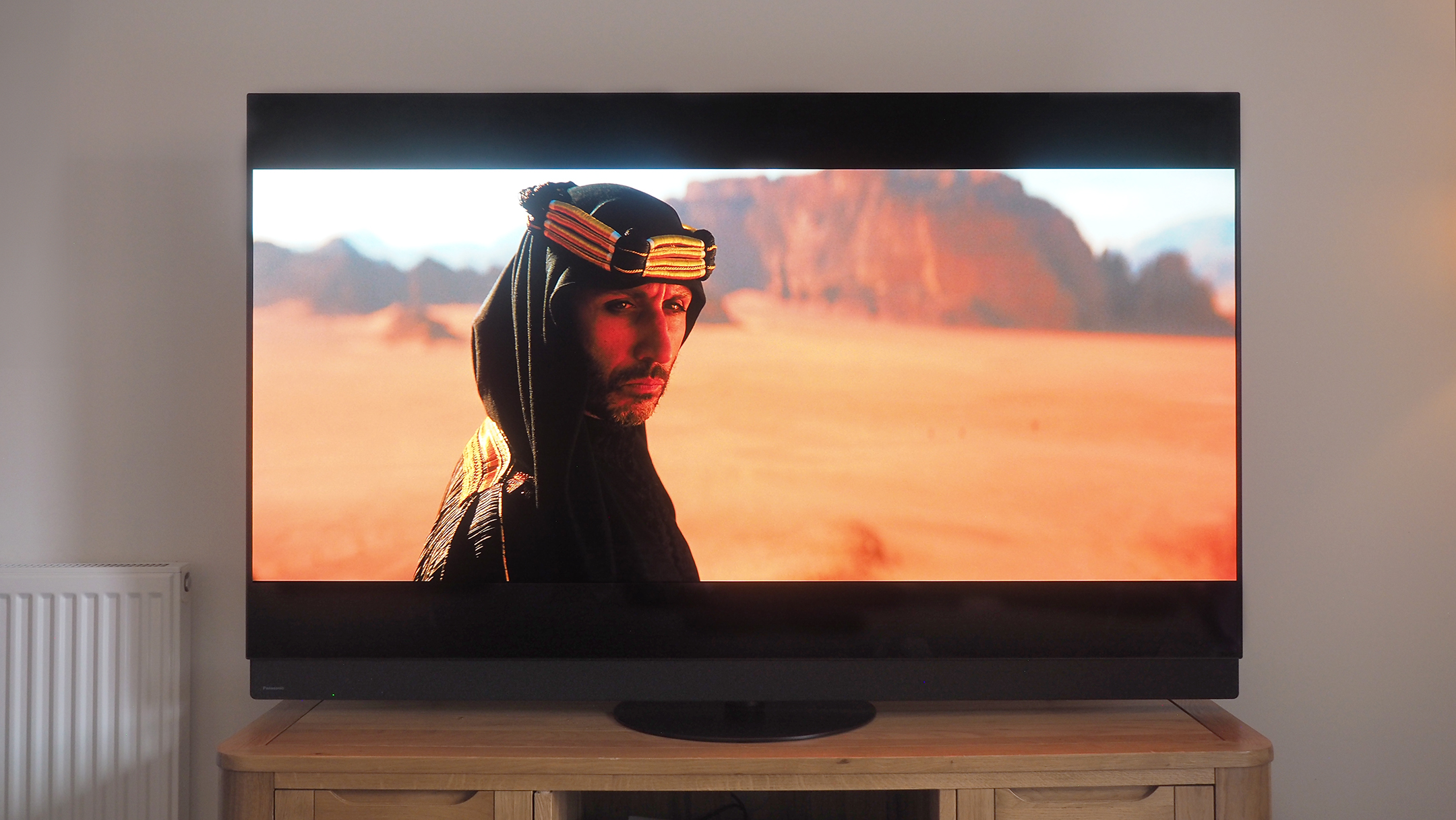
(Image credit: Future / Mike Lowe)
The Panasonic Z95B delivers perfect picture quality and impressive sound, all wrapped into the one box – and at a price that undercuts its key competition.
The Z95B’s sublime pictures excel, thanks to the new Primary RGB Tandem panel, yet remain believable rather than leaning into the hyperbolic, producing visuals that rival the LG OLED G5.
If you’re in the market for an OLED TV and don’t want a soundbar, then you can’t do any better than this. The Panasonic Z95B is a superstar – and even those in the USA get to experience it this time.
Also consider
The Z95B’s main problem, aside from lacking all four HDMI ports being the 2.1 standard, is that its competition is considerable – and greatly established.
For greater anti-reflection handling, the Samsung S95F is the set for you. If you want super-slim design for wall-mounting, then the LG OLED G5 is the closest you can get.
Otherwise, if you want to spend less, don’t want the integrated sound system, but do want classic OLED, then the step-down Z90B and similar rival LG OLED C5 are two splendid options.


